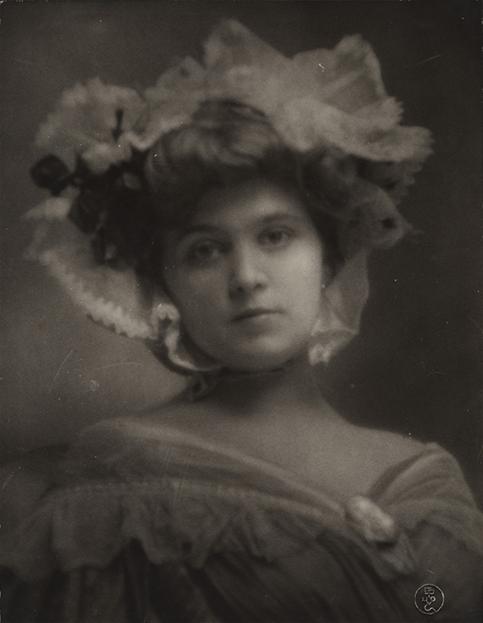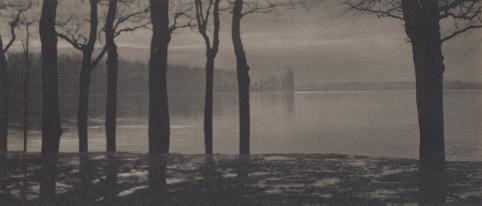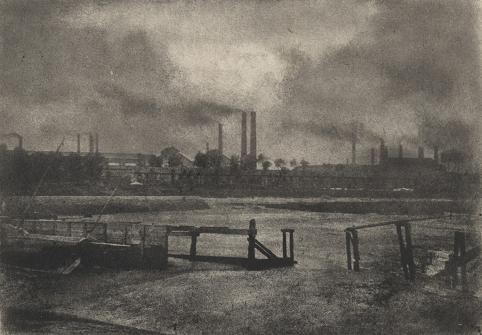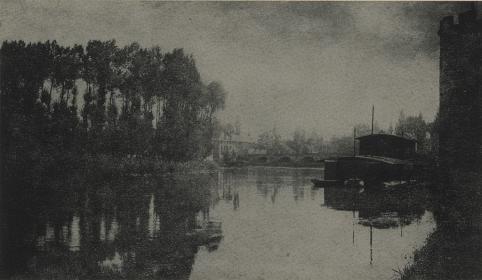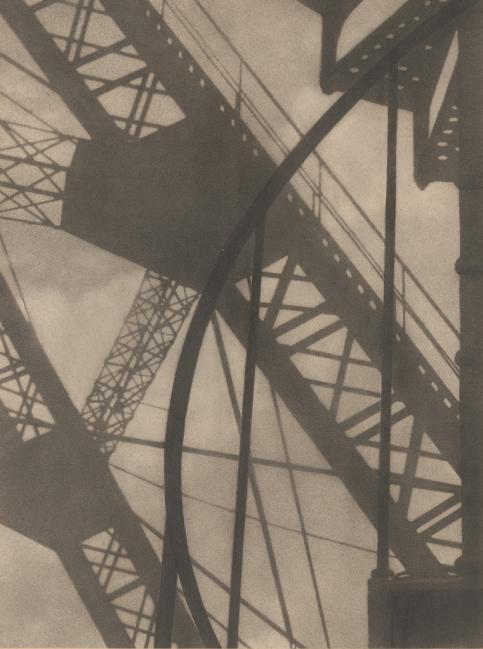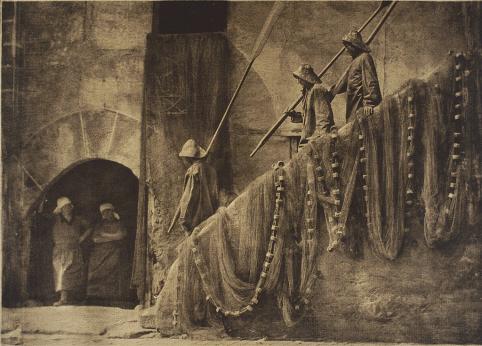“Pictorialism” is a major chapter in the history of photography. It refers to an aesthetic movement that began around 1890 with the aim of gaining recognition for the creative potential of the photographic image by producing prints demonstrating artistic qualities.
The exhibition is curated by photography historian Dr. Julien Faure-Conorton, a specialist of pictorial photography, in connection with Sylvain Besson at the musée Nicéphore Niépce.
A catalogue accompanies the exhibition, published by Cahiers du Temps Editions,
120 pages, 20 €.
Guided tour of the exhibitionby the curator: Saturday June 16 at 3pm.
Pictorial photographers, in their quest to free photography from the simple function of documentary reproduction to which it had been reduced since its invention, strived to create images where personal feelings took precedence, images that expressed something poetic or dreamlike, that suggested more than they showed, producing, above all, an impression , aiming to provoke a feeling, an emotion in the viewer. To do so, pictorial photographers resorted to interpretation , meaning the intervention of the artist in the photographic process using various technical tools aimed at transforming the aesthetics of the image so that the original photograph (the negative) gave birth to an artistic picture (the exhibition print). At the turn of the 20th century, pictorial photography was extremely popular worldwide with thousands of followers who spread their works in ambitious international exhibitions and luxurious publications.
Offering an updated, broader vision of the pictorialist endeavour on a European scale, Artists’ Visions results from recent research and discoveries and is the first exhibition dedicated to pictorial photography for over a decade in France. Sourced in the collections of the musée Nicéphore Niépce that preserves works by Robert Demachy and Charles Lhermitte, as well as prints by Constant Puyo, José Ortiz-Echagüe and Alfred Fauvarque-Omez, the exhibition brings together over two-hundred vintage prints. They are the work of various authors, some of them famous, others little known even unknown, until now. Most of these prints are being shown for the very first time. They were created over a seventy-year period, from the early 1890s to the late 1950s, showing that pictorial photography did not disappear after the First World War, contrary to what the history of photography traditionally lead us to believe. The narrative has changed and a new history must be taken into account acknowledging the permanence of the pictorialist ideals. These ideals were built on a shared ambition: to create photographs that wanted to do more than simply reproduce the real, photographs that truly interpreted it, like an artist’s vision.

